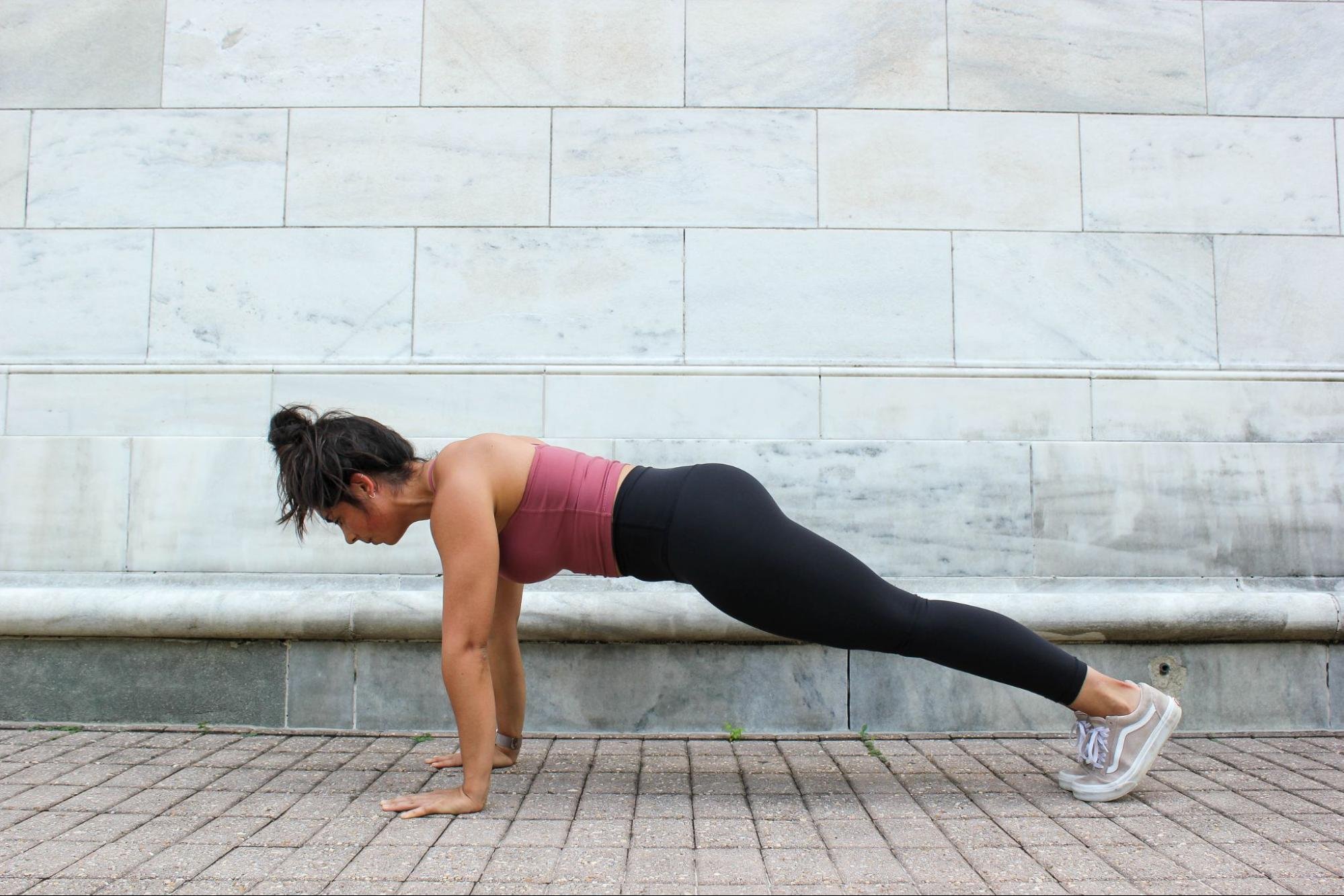Smart Watch Pros and Cons: Using Tech to Support Your Nutrition Goals
I’m a big fan of my smartwatch, as are many of my clients.
Smartwatches - Apple Watches, FitBits, Garmins, etc. - can be such an incredibly helpful tool for daily life, but they become more detrimental than helpful when we rely too heavily on the data they provide.
This great article from Physiqonomics talks about some of the downfalls of relying too much on the data our watches provide. It was found that many of the smartwatches overestimated energy expenditure (aka calories burned in exercise) by 27% - 93%.
That’s a huge range, and various devices will elicit different margins of error.
Now, that article was written in 2019. Three years later, we know our watches have been improved and continue to get better and better.
If we fast forward to 2022, a more recent study looking into the accuracy of the Apple Watch 6, Polar Vantage V, and Fitbit Sense verified that these devices have become more accurate at measuring our heart rate, but they still produce high errors in measuring our energy expenditure (calories burned) for activities like sitting, walking, lifting, and cycling.
I don’t think any of this means we need to toss our watches out. They’re incredible technology we get to wear right on our wrists!
But we can understand how to utilize them in a way that is most beneficial for us and our needs, without having them give us inaccurate information.
We can use our watch to keep a loose step goal to help us increase our NEAT. NEAT, or non-exercise activity thermogenesis, refers to the energy we expend through movement that is not structured exercise. Having a step goal is a great way to increase our NEAT, and our watches are one of the best tools we have to help us do just that.
We can use our watch’s estimated expenditure as a baseline to gauge daily activity. That means that when our watch shows expenditures notably higher or lower than the average baseline, we know that our output has been significantly different.
We can use our watch to get a good idea of how our heart rate changes with different activities, which is often helpful information to have.
We can utilize the reminders our watches provide to get more steps, standing time, and schedule movement to make those activities habits that we practice regularly - with or without a smartwatch.
It’s not perfect, and that is ok. As long as we’re not taking our smart watch data as law, then the feedback it gives us can be helpful.
There is a big parallel between the data we receive from our smartwatches and the data we create when we track our food:
Both datasets can be very inaccurate. When we track our food, it doesn’t mean everything we track is always correct. There is always a margin of error present, whether due to our error (using a generic entry to track, under- or overestimating intake) or errors present in labels (like rounding calories up and down).
Like a watch, the data we get from tracking can help us be informed about our choices and help us direct our habits and behaviors. We can understand our patterns of behaviors (like the fact that we’re sedentary most of our work day, or that we tend to go most of the day without eating and then eat in large quantities at night.)
Like tracking our food, it can be error-riddled data that we can use as a tool to help us bring awareness to our eating habits (or in the case of our watches, our movement).
Both are also a reminder that imperfection is part of the process, and it’s less about the data and more about the habits we create along the way in pursuit of our aesthetic, performance, and overall health goals.
Another important note: If you do use a smartwatch/fitness tracker and are also tracking your macros, be sure that you don’t let the smartwatch “add-in” calories burned. This usually looks like disconnecting your watch from your My Fitness Pal, Cronometer, or other tracking apps in settings.
The “How to: Fitness” podcast is just one of many avenues in which I share health and nutrition education. You can find more episodes here on Apple Podcasts or here on Spotify, or wherever else you listen to podcasts.
